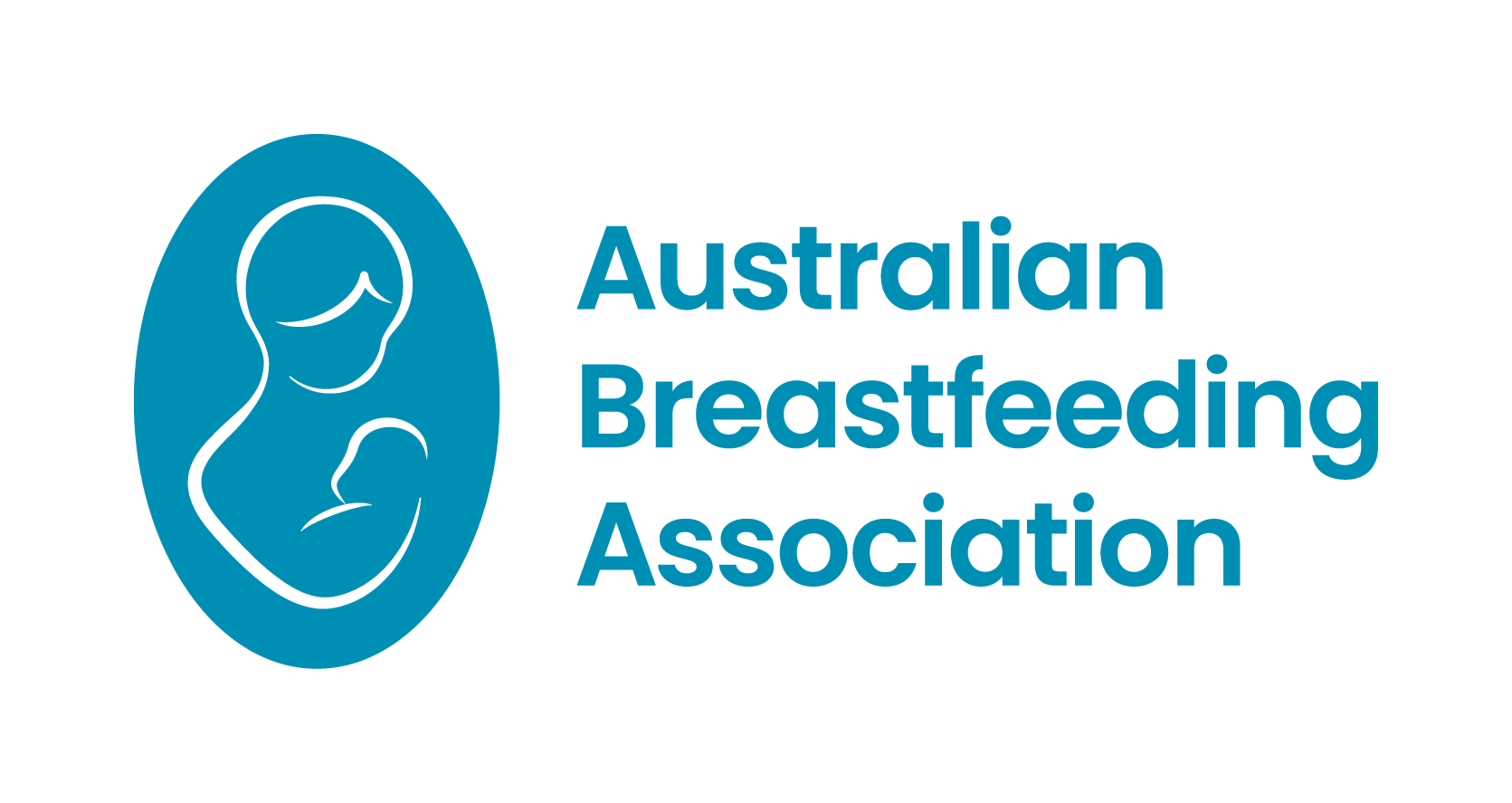ABM Clinical Protocol #32: Management of Hyperlactation
Clinical protocol #32 Management of Hyperlactation, is a new protocol recently published in the ABM’s journal Breastfeeding Medicine.
Clinical protocol #32 Management of Hyperlactation, is a new protocol recently published in the ABM’s journal Breastfeeding Medicine.
Different methods of telephone support for breastfeeding families have been previously investigated: ‘reactive support’ (help sought out when difficulties arise) has been found to be less effective than hoped.
The authors report that teenage mothers often intend to breastfeed and, overall, have high rates of initiation, but are deterred from achieving intended exclusivity and duration by early pain or problems and by conditions prevailing in their social context.
Parents were interviewed about breastfeeding duration, feeding to sleep at 3 months, 6 months and 1 year. At 1 year and 2 years, questions about their children’s free sugar intake were added and a dental examination was conducted between 2 and 3 years of age.
Participants in the longitudinal Nurses’ Health Study II (NHS II) who had been diagnosed with gestational diabetes mellitus (GDM), provided blood samples and information on their diabetes status for the Diabetes and Womens’ Health Study. Data on lactation duration was extracted from the NHS II records. This study collected data from women a median of 32 years after their diagnosis with GDM, at a median age of 50 years.
This integrative review used a Population-Interest-Context framework-based search strategy to synthesise current knowledge about what specific behaviours of a breastfeeding woman’s partner increase breastfeeding initiation, exclusivity and duration rates in Western-culture settings.
This is a systematic review of the literature examining the association between female body image and infant feeding methods. The authors examined the female body image in relation to intention, initiation and duration of postpartum infant feeding methods.
Welcome everyone! Isn’t this world a crazy place right now? Each day seems to come with many updates and new challenges. I hope you are getting some downtime and managing to stay healthy.
This review addresses the evidence for functionality of maternal, breastmilk-derived immune cells in the infant. The available evidence is mostly from studies in mice, for ethical and practical reasons.
The risks of not breastfeeding are many and varied. Perhaps less well-known is the importance of breastfeeding for children with regards to their oral development. Breastfeeding maximises the correct development of speech organs (tongue, lips, mandible, maxilla, soft palate, hard palate, cheeks, dental arches, oral muscles, floor of mouth), with respect to posture, mobility and strength.
Terms of service
Contact ABA
Need help now?
Call our Breastfeeding Helpline

Acknowledgement of Country
The Australian Breastfeeding Association acknowledges the Traditional Owners of the lands known as Australia. We wish to pay our respects to their Elders past and present and acknowledge Aboriginal and Torres Strait Islander women who have breastfed their babies on Country for more than 60,000 years, and the partners, families and communities who support them.
ABN: 64005081523
The Australian Breastfeeding Association is a Registered Training Organisation
(RTO 21659) and receives funding from the Australian Government.
Quality Indicator Survey Results.
Copyright © Australian Breastfeeding Association | ABA receives funding from the Australian Government

